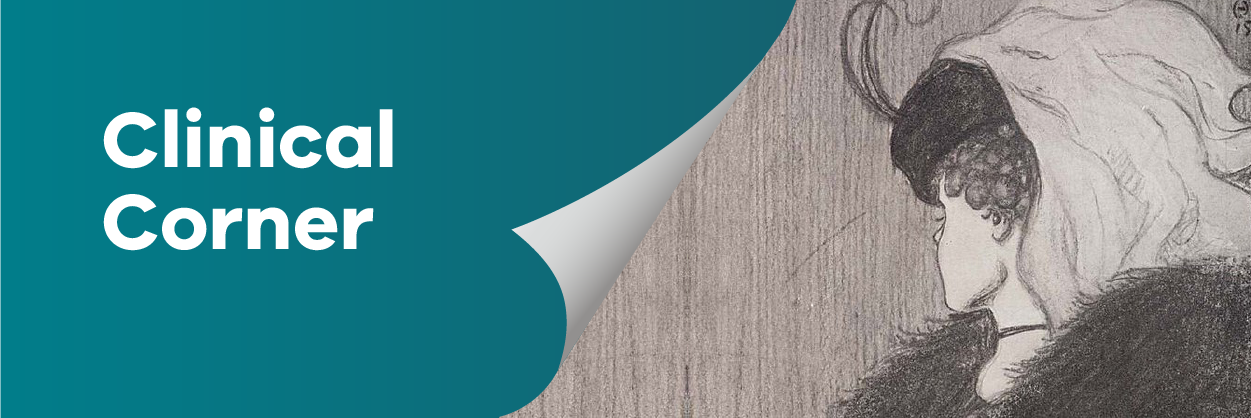 In this month's Clinical Corner, Dr Graeme Duke takes a closer look at the 'illusion' of safety.
In this month's Clinical Corner, Dr Graeme Duke takes a closer look at the 'illusion' of safety.
What do you see when you first glimpse this drawing - the old woman or the young lady? Why is it I have difficulty seeing the other? Similarly, the quality and safety paradigm is a synergy of two perspectives, except that the ‘old woman’ and the ‘young lady’ are known as Safety-I and Safety-II[1].
The Safety-I ‘picture’ is easily recognisable. It seeks to reduce harm by learning from failure and answering the question ‘what went wrong?’ The Safety-II portrait is often more difficult to see. It seeks to improve safety by learning from success and answering the question ‘what makes it go right most of the time?’
They are complementary. Safety-I applies a reactionary ‘find and fix’ method to reduce the number of times things go wrong. Safety-II adopts a proactive ‘learn from success’ approach to encourage more things to go right.
The recent pandemic is a good example. Victoria’s healthcare system bore a substantial COVID-19 burden. Multiple Safety-I investigations were triggered by events such as excess deaths and complications. We adapted to the pandemic by encouraging novel models of care, redeployment, rostering, triage, treatment, and communication.
With high calibre, adaptable, and flexible professionals we quickly learnt from ‘what worked’ - the Safety-II approach. Thousands of lives were saved. It was a brave choice, rewarded by COVID-19 mortality rates (15.0% in intensive care, and 4.5% in COVID wards) that compare favourably with many other jurisdictions.
Safety-I contributes a great deal to reducing harm, but it has serious weaknesses. It assumes a reductionist (each event is the sum of its components) and deterministic (linear cause-and-effect) view of failure, which rarely applies to complex healthcare systems.
Safety-I ceases to function when near-miss and harm events go unreported; a single report may distort the true picture. It assumes that elimination of risk will effectively mitigate future recurrence. The human element is considered a source of error rather than the solution, encouraging an adversarial culture. Safety-I solutions focus on clinical guidelines, education, and new performance targets; creating a false sense of security that we have ‘closed the loop’.
The national hospital acquired complications (HAC) program is another good example. It assumes the majority of complications arise from faulty systems, amenable to risk mitigation; where a high HAC rate indicates poor performance. Whereas a Safety-II analysis of the evidence reveals the opposite.
A high HAC rate indicates sicker patients being cared for, by a system that ‘gets it right’ and identifies clinical deterioration (Standard 8, ACHS). Variation between hospitals is due to patient-related factors (casemix) far more than hospital factors. Under this paradigm a high HAC rate indicates system success, not failure. Solutions are easier to find once the true cause is identified.
When reviewing any adverse event, we should therefore answer two questions - what went wrong, and what stopped it going wrong every other time. We should investigate reasons for success that prevent harm, while seeking the source of occasional failure.
We should be wary of solutions that address Safety-I but undermine Safety-II. We must pay respect to the grand old woman of Safety-I but not ignore the young lady of Safety-II.
This column is the third in a series on safety, quality and performance by Dr Graeme Duke. You can find the December 2022 and February 2023 columns on the VAHI website.
[1] Hollnagel et al. From Safety-I to Safety-II: a white paper (2015) available at https://www.england.nhs.uk/signuptosafety/wp-content/uploads/sites/16/2015/10/safety-1-safety-2-whte-papr.pdf




